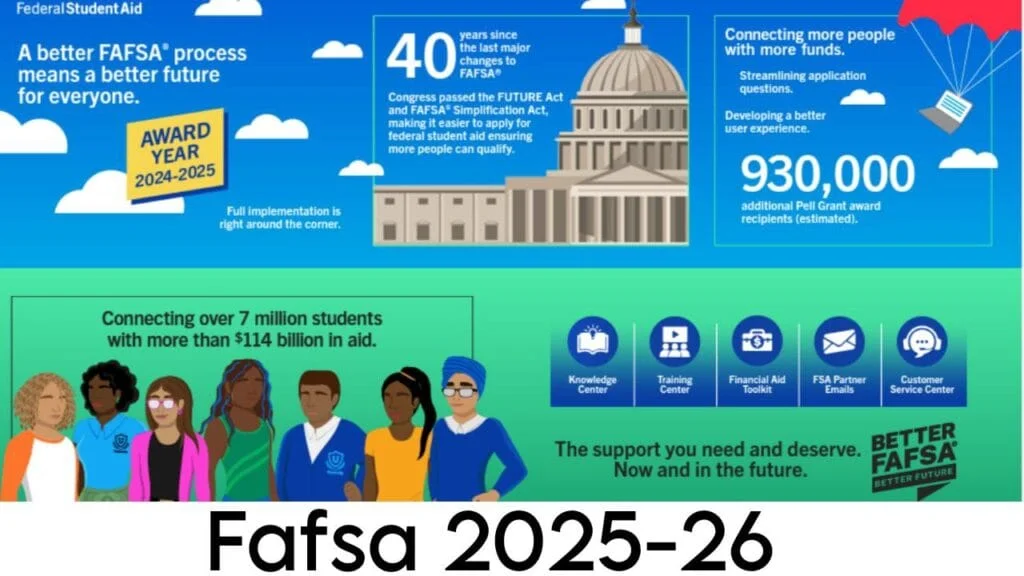$2000 Child Tax Credit 2025 – Know Eligibility & Payment Dates The Child Tax Credit (CTC) has played a crucial role in supporting millions of families across the United States, offering financial relief to parents and guardians raising children. As we move into 2025, many households are eager to understand what the Child Tax Credit will look like, whether they qualify for the full $2000 benefit, and when they can expect payments. This article provides an in-depth overview of the 2025 Child Tax Credit, covering its value, eligibility criteria, payment timelines, and more.
The federal government uses tax credits as a tool to reduce financial burdens on working families, and the Child Tax Credit is one of the most significant of these programs. While changes have been proposed in recent years—including expansions during the pandemic—the credit for 2025 continues to be a vital source of support for parents. Understanding how it works is essential for effective tax planning and ensuring that your family receives the full benefit it’s entitled to.
What is the Child Tax Credit?
The Child Tax Credit is a federal income tax credit designed to help families with the cost of raising children. It is claimed when you file your annual federal tax return and can significantly reduce the amount of taxes owed. In some cases, it may even result in a refund if the credit exceeds the amount of tax you owe.
For the 2025 tax year, the maximum credit amount per qualifying child is $2000. This amount has remained consistent with previous years following the expiration of temporary increases made during the COVID-19 relief efforts. Although lawmakers continue to debate possible expansions or enhancements, no permanent increase has been finalized at this time.
The CTC provides meaningful assistance to families and can be a critical financial boost, especially during times of inflation or economic uncertainty. Parents can use this money toward educational expenses, clothing, food, child care, or household needs.
Eligibility Criteria for the $2000 Child Tax Credit
To qualify for the full $2000 Child Tax Credit in 2025, there are specific requirements that both the child and the taxpayer must meet. These criteria are set by the Internal Revenue Service (IRS) and are essential to understand to avoid confusion or disqualification.
General Requirements Include:
- Age of the Child: The child must be under the age of 17 at the end of the tax year (i.e., December 31, 2025).
- Relationship: The child must be your son, daughter, stepchild, foster child, brother, sister, or a descendant of any of these.
- Residency: The child must have lived with you for more than half of the tax year.
- Support: The child must not have provided more than half of their own financial support.
- Citizenship: The child must be a U.S. citizen, national, or resident alien with a valid Social Security number.
- Income Limits: The credit begins to phase out if your Modified Adjusted Gross Income (MAGI) exceeds $200,000 for single filers and $400,000 for joint filers.
If your income is above the phase-out thresholds, the credit is reduced by $50 for every $1000 over the limit. So, while many families will qualify for the full $2000 credit per child, those with higher incomes may receive a reduced amount.
Payment Dates and How to Receive the Credit
The Child Tax Credit is generally issued as part of your tax refund after you file your federal income tax return. As of 2025, there is no monthly advance payment schedule like the one implemented temporarily in 2021. Instead, families must wait until they file their 2025 tax return in early 2026 to receive the full benefit.
Here is an estimated timeline based on typical IRS processing schedules:
| Filing Period | Expected Refund (Including CTC) |
|---|---|
| January – Early February 2026 | Late February 2026 |
| Mid February – Early March 2026 | Early to Mid March 2026 |
| After March 2026 | Within 21 days of filing electronically |
To ensure timely processing, families are encouraged to:
- File electronically using trusted tax software or a tax professional
- Provide accurate and complete information
- Use direct deposit for faster refund delivery
The IRS may delay processing if returns include errors or require further review, so accuracy is key when claiming the Child Tax Credit.
Refundable vs Non-Refundable Portions
The Child Tax Credit has both refundable and non-refundable components. In 2025, the non-refundable portion allows you to reduce your tax liability by up to $2000 per qualifying child. However, if your tax liability is less than the credit amount, you may be eligible for a partial refund through the Additional Child Tax Credit (ACTC).
The ACTC allows families to receive up to $1600 of the credit as a refund if they do not owe enough tax to claim the full $2000. This ensures that lower-income families still benefit from the credit even if their tax liability is limited.
Table: Child Tax Credit Summary for 2025
| Feature | Details |
|---|---|
| Maximum Credit | $2000 per qualifying child |
| Refundable Amount | Up to $1600 via Additional Child Tax Credit |
| Age Limit | Child must be under 17 |
| Income Phase-Out | Begins at $200,000 (single) / $400,000 (joint) |
| Claiming Process | File 2025 tax return in 2026 |
| Payment Type | Tax refund (no monthly payments) |
FAQ $2000 Child Tax Credit 2025
Q1. Can I get the full $2000 if my income is high?
No, the credit begins to phase out if your income exceeds $200,000 for single filers or $400,000 for married couples filing jointly.
Q2. Will there be monthly payments in 2025?
As of now, there are no monthly payments scheduled. The full credit is claimed when you file your 2025 tax return.
Q3. Do foster children qualify?
Yes, foster children may qualify if they meet the residency and support requirements.
$2000 Child Tax Credit 2025
The $2000 Child Tax Credit in 2025 remains a powerful tool for helping families manage the cost of raising children. While there are no significant expansions planned for this year, the credit still offers valuable tax relief for eligible households. By understanding the eligibility requirements, filing accurately, and staying informed on IRS updates, families can ensure they receive the full benefit they deserve.
As economic conditions evolve, lawmakers may revisit proposals to enhance the credit. For now, parents and guardians should plan ahead, gather documentation, and consult tax professionals if needed to make the most of the Child Tax Credit in the upcoming tax year.
Disclaimer: This article is intended for informational purposes only and does not constitute legal, tax, or financial advice. For personalized guidance regarding the Child Tax Credit or your tax situation, please consult the IRS or a qualified tax professional.






